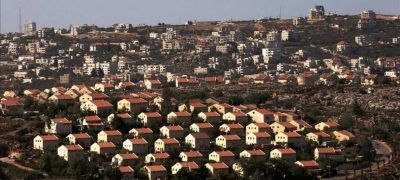With Eidul Azha approaching and temperatures rising in southern parts of the country, the National Institutes of Health (NIH) has issued warnings to prevent the spread of Crimean-Congo Hemorrhagic Fever (CCHF) and protect citizens from the increasing risk of heatstroke.
The NIH has instructed provincial health departments, including those in Azad Jammu and Kashmir, Gilgit-Baltistan, and Islamabad Capital Territory, to take necessary actions in line with Standard Operating Procedures (SOPs). It also urged the launch of public awareness campaigns to educate people on precautions during the festival.
Read more: Another Covid-19? Scientists Found New Bat Coronavirus in China
CCHF, a viral hemorrhagic fever, carries a mortality rate of 10 to 40 percent. Since its first case in Pakistan in 1976, the disease has been sporadically reported, with Balochistan being the most affected region due to cross-border animal movements. The virus is transmitted through contact with infected animal blood or tissues, particularly during slaughter, and can also spread through human-to-human transmission via bodily fluids.
Given the high risk during Eidul Azha when large numbers of animals are slaughtered, the NIH stressed the importance of using protective gear such as gloves and clothing, and ensuring proper disposal of animal waste.
In a separate advisory, the NIH raised concerns about the heatwave affecting many regions, which has already led to an increase in heat-related illnesses, including heatstroke. The extreme weather, attributed to climate change, can cause serious health issues if not treated quickly. Symptoms of heatstroke include high body temperature, dry skin, weakness, confusion, and slurred speech. Citizens are urged to stay hydrated, avoid direct sunlight during peak hours, and seek medical attention if symptoms arise.
The NIH has recommended setting up heatstroke response units and ensuring access to water and shaded areas in public spaces. Health professionals and volunteers are urged to remain vigilant, particularly in rural and high-risk areas, to manage both the spread of the Congo virus and the impacts of the heatwave during Eidul Azha.









